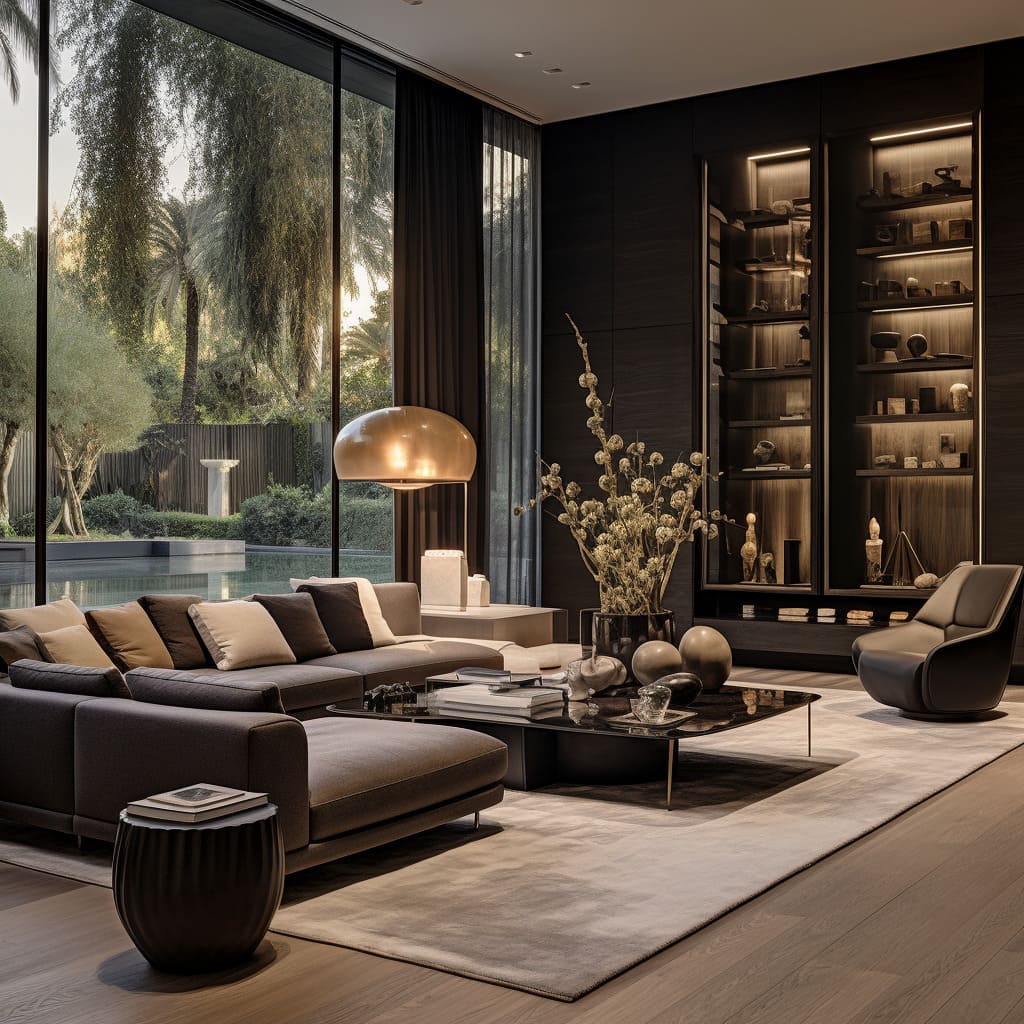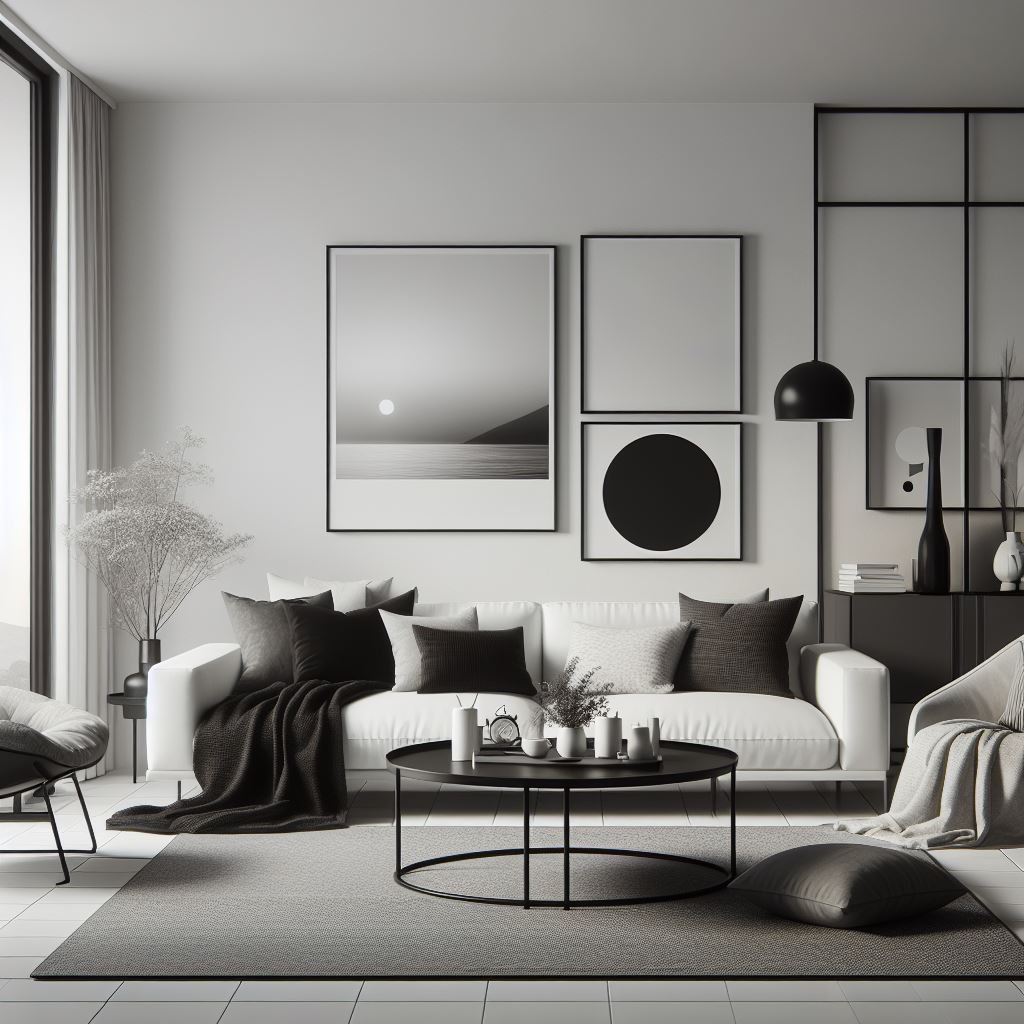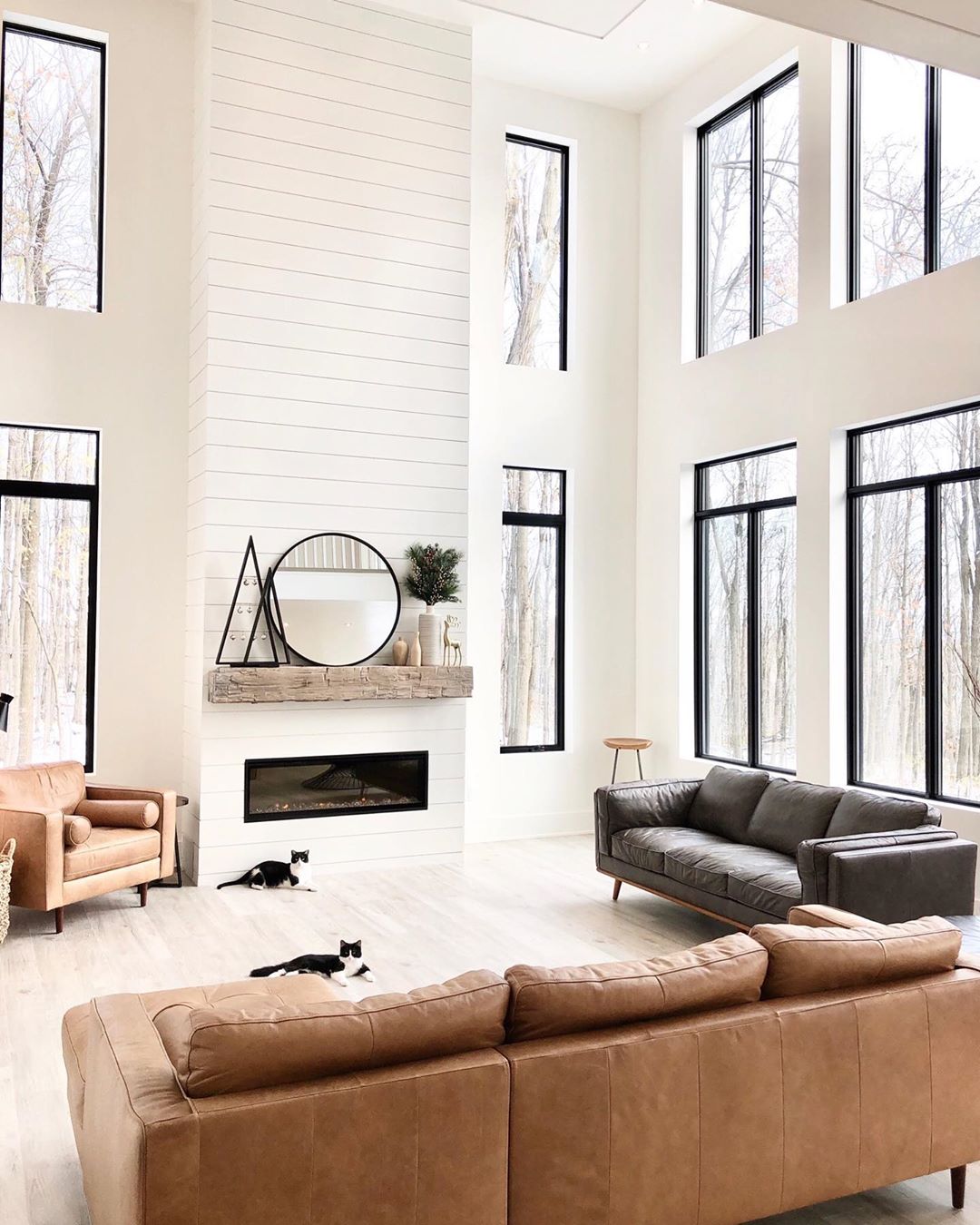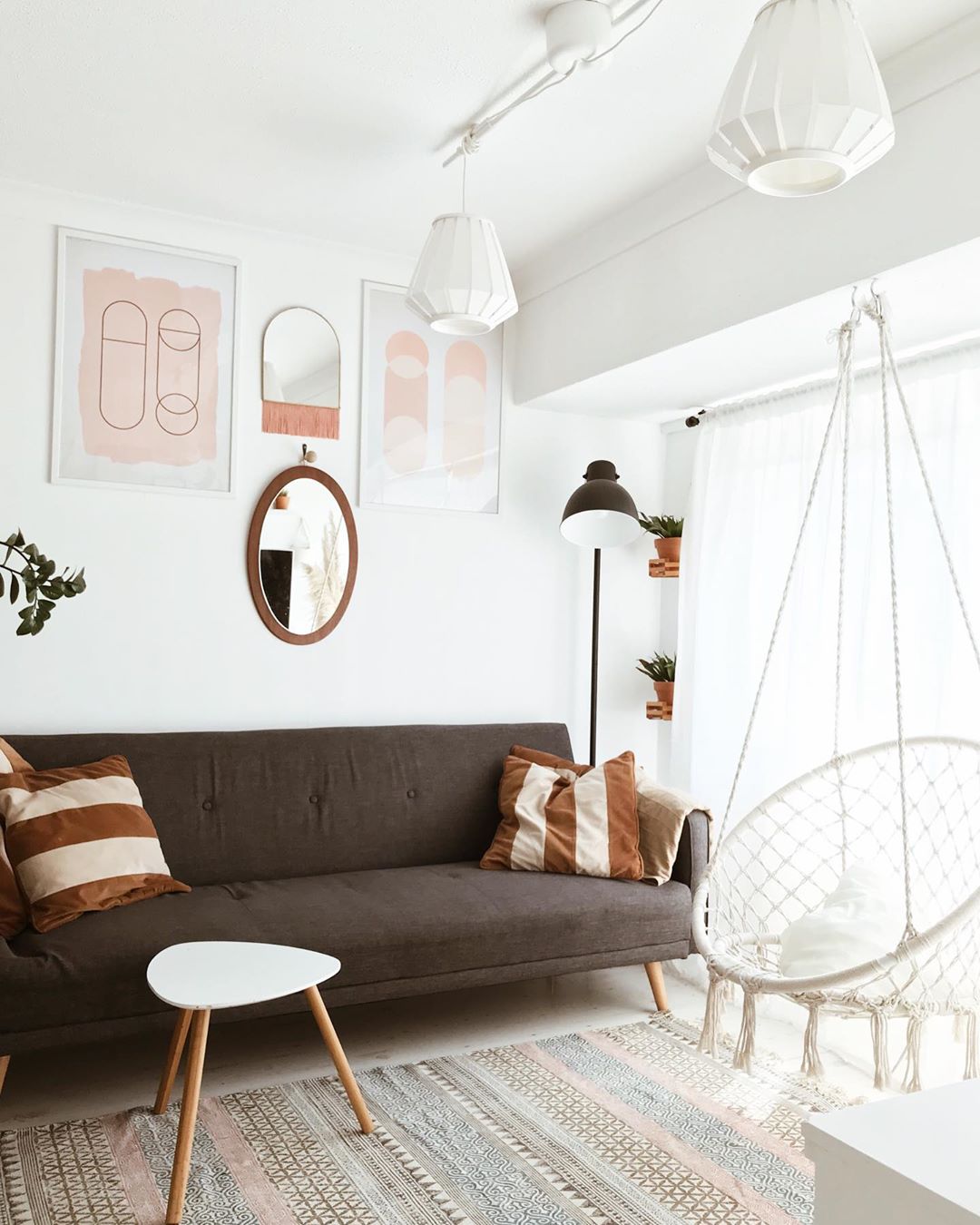Please provide the list you’re referring to. I need the list to write the article.
Once you provide the list, I can create an article that:

Focuses on the first item on the list.
I look forward to receiving the list and crafting the article for you!
The second point on your list, “Embrace the power of negative space,” is the cornerstone of achieving minimalist serenity in your living room. It’s about recognizing the beauty in what’s not there, in the empty spaces that allow your chosen pieces to truly shine.
Imagine a canvas. A blank canvas, untouched, holds infinite possibilities. It’s in the careful application of color and form that a masterpiece emerges. Similarly, your living room is your canvas, and furniture, decor, and even the presence of people are the elements you carefully place upon it.
Negative space, in this context, is the deliberate absence of clutter. It’s about curating your belongings, letting go of anything that doesn’t bring you joy or serve a practical purpose. It’s about creating breathing room, allowing the eye to rest and appreciate the beauty of each individual piece.
Think of it like this: a single, exquisite sculpture demands attention when placed on an empty pedestal. Surround it with a jumble of trinkets, and its impact is diminished. The sculpture, once a focal point, becomes lost in the chaos.
In your living room, negative space translates to:
Strategic furniture placement: Avoid overcrowding the room. Choose pieces that are both functional and aesthetically pleasing, and arrange them to create clear pathways and open spaces.
The benefits of embracing negative space extend beyond aesthetics. It can create a sense of calm and tranquility, reducing stress and promoting a sense of well-being. When your surroundings are uncluttered, your mind can also feel more uncluttered.
Consider these practical tips for incorporating negative space into your living room:
The “two-in, one-out” rule: For every new item you bring into your home, get rid of two old ones. This helps to prevent clutter from accumulating.
Embracing the power of negative space is not about deprivation; it’s about intentionality. It’s about choosing quality over quantity, and creating a living space that truly reflects your personal style and values. It’s about recognizing the beauty in simplicity, and cultivating a sense of peace and tranquility within your own home.
By consciously creating negative space in your living room, you’re not just decluttering; you’re cultivating a sanctuary, a place where you can truly relax, recharge, and connect with yourself and your loved ones.
The Art of Minimalist Restraint: Finding Beauty in Empty Spaces
In the pursuit of minimalist serenity, one of the most powerful tools at our disposal is the intentional use of negative space. This concept, often overlooked in our desire to fill every nook and cranny, is the key to unlocking the true potential of your living room.
Imagine a minimalist masterpiece – a single, perfectly formed branch against a backdrop of pristine white wall. The beauty lies not in the abundance of objects, but in the stark contrast, the delicate balance between the presence of the branch and the vast expanse of empty space surrounding it.
This principle can be beautifully applied to your living room. By consciously creating empty spaces, you allow each element – a piece of furniture, a piece of art, a treasured object – to breathe and truly shine.
Think of your living room as a stage. Each piece of furniture, each decorative element, is an actor playing a role. When the stage is cluttered, the actors become lost, their individual performances overshadowed by the chaos. However, when the stage is sparsely adorned, each actor can command attention, their presence amplified by the surrounding emptiness.
This doesn’t mean you need to strip your living room bare. It’s about choosing quality over quantity, about curating a collection of meaningful objects that truly resonate with you. It’s about creating a sense of flow and openness, allowing the eye to travel freely across the room without feeling overwhelmed.
Here are some practical ways to incorporate negative space into your living room design:
Embrace the power of the blank wall: Resist the urge to fill every wall with art. Leave some walls bare to create a sense of spaciousness and allow the eye to rest.
By embracing the power of negative space, you’re not just decluttering your living room; you’re creating a sanctuary – a space that is both calming and inspiring. It’s a space where you can truly relax, recharge, and connect with yourself and your loved ones.
Finding Freedom in Empty Space: A Minimalist Living Room Retreat
In our fast-paced world, our homes should be havens of peace and tranquility. And what better way to achieve this than by embracing the power of negative space?
Imagine a room devoid of clutter, a room where each element is carefully considered, where every piece of furniture, every piece of art, tells a story. This is the essence of minimalist living – finding beauty in simplicity, in the deliberate absence of excess.
Negative space, in this context, is not about deprivation; it’s about liberation. It’s about freeing yourself from the tyranny of possessions, from the constant pressure to accumulate more, to fill every corner with something.
By consciously creating empty spaces, you’re not just decluttering your living room; you’re decluttering your mind. You’re creating a sense of calm and spaciousness that extends beyond the physical realm, a sense of freedom from the constant distractions of everyday life.
Think of it as a form of digital detox for your living space. Just as unplugging from technology can bring a sense of peace and clarity, so too can uncluttering your physical environment.
Here are some simple yet powerful ways to incorporate the power of negative space into your living room:
The “one in, one out” rule: For every new item you bring into your home, get rid of one old item. This helps to prevent clutter from accumulating and keeps your living space feeling fresh and unburdened.
By embracing the power of negative space, you’re creating a living room that is not just beautiful, but also deeply personal and meaningful. It’s a space that reflects your values, your priorities, and your desire for a simpler, more intentional way of life.
The Quiet Power of Empty Space: A Minimalist Living Room Retreat
In our pursuit of happiness, we often look for external solutions – the latest gadgets, the newest fashion trends, the biggest and best house. But true happiness often lies in simplicity, in appreciating the beauty of what we already have and letting go of the excess that weighs us down.
This is where the power of negative space comes in. By consciously creating empty spaces in our living rooms, we’re not just decluttering; we’re cultivating a sense of calm and tranquility, a space that truly reflects our inner selves.
Imagine a room where each piece of furniture, each piece of art, has been carefully chosen, where every element contributes to a sense of harmony and balance. This is the essence of a minimalist living room – a space that is both beautiful and functional, a space that invites relaxation and rejuvenation.
Negative space is not about deprivation; it’s about intentionality. It’s about choosing quality over quantity, about curating a collection of meaningful objects that truly resonate with you. It’s about creating a sense of flow and openness, allowing the eye to travel freely across the room without feeling overwhelmed.
Here are some practical tips for incorporating negative space into your living room:
Embrace the blank wall: Don’t feel compelled to fill every wall with art. Leave some walls bare to create a sense of spaciousness and allow the eye to rest.
:max_bytes(150000):strip_icc()/minimalist-living-room-ideas-5213203-hero-d27f8dcfa0b84706adbbd28ea0e1b48d.jpg)








